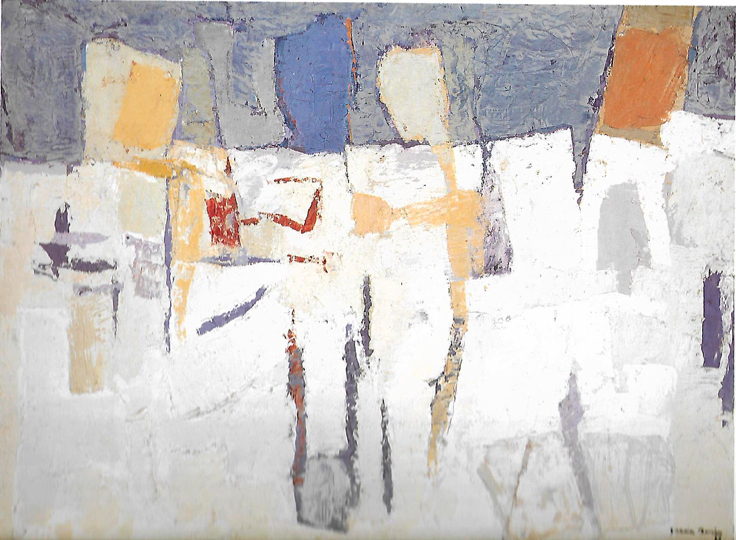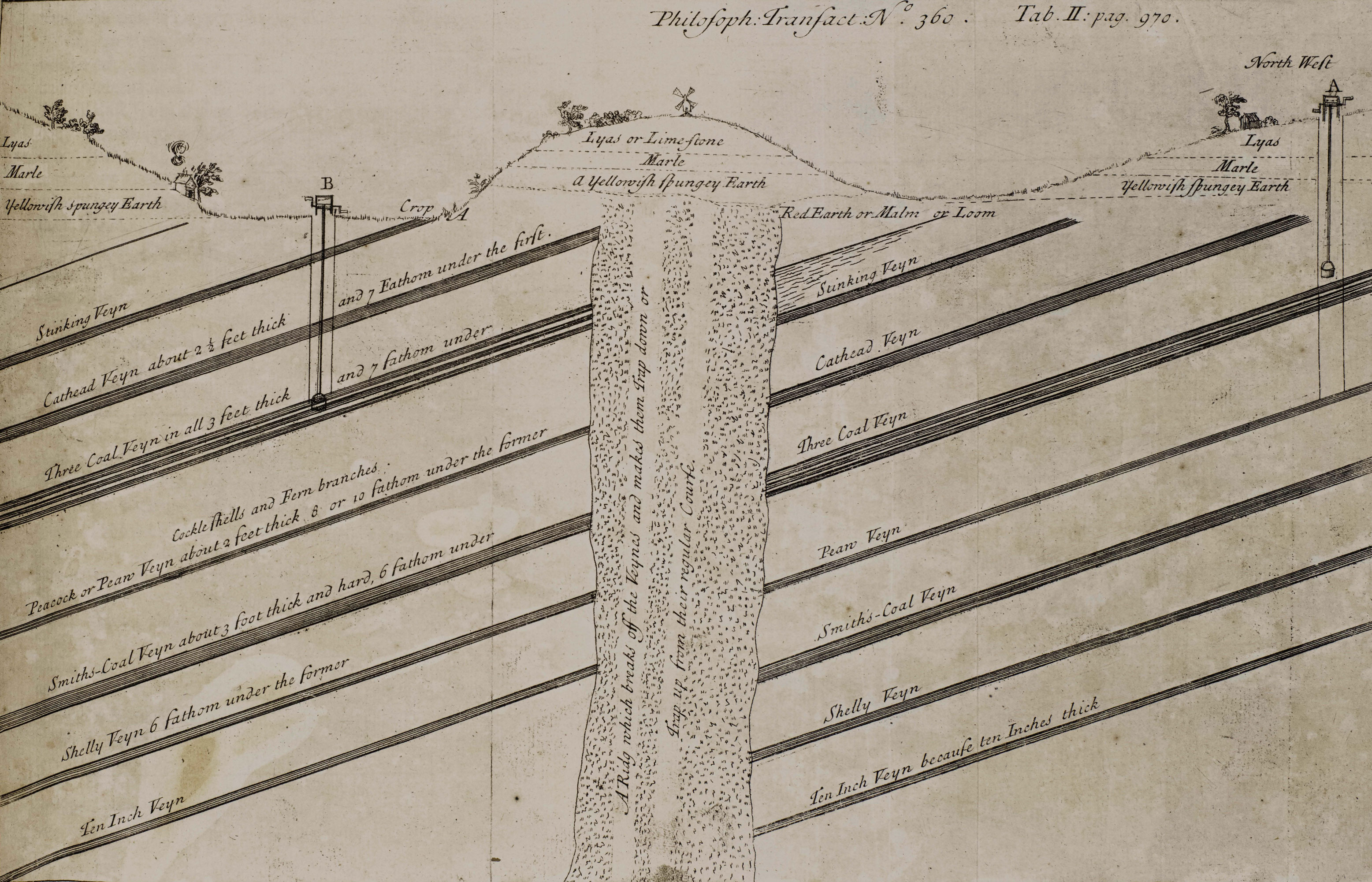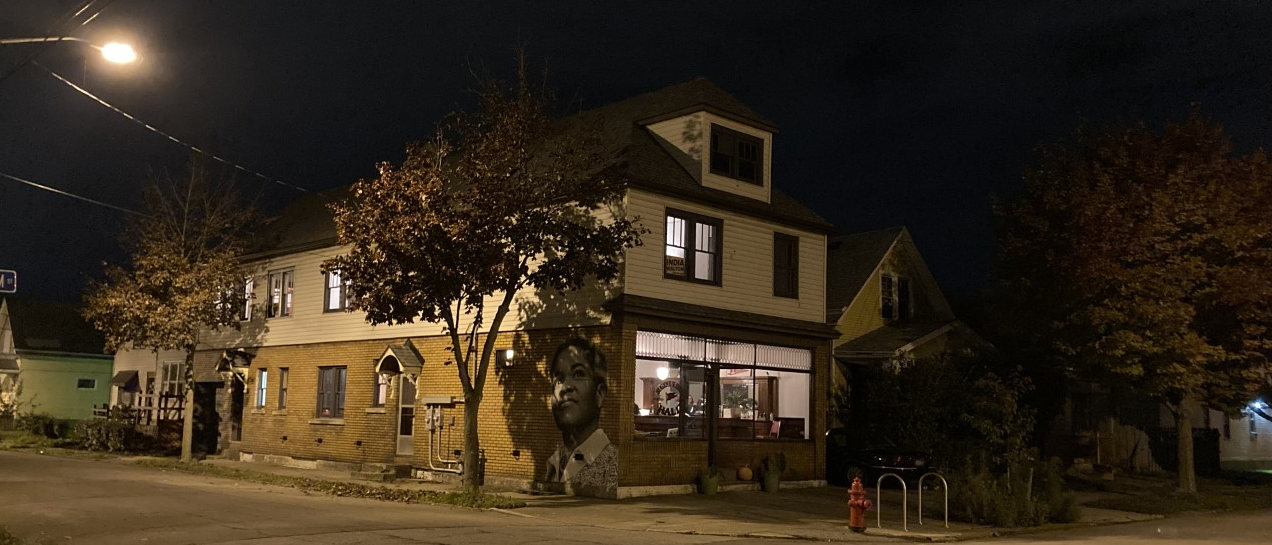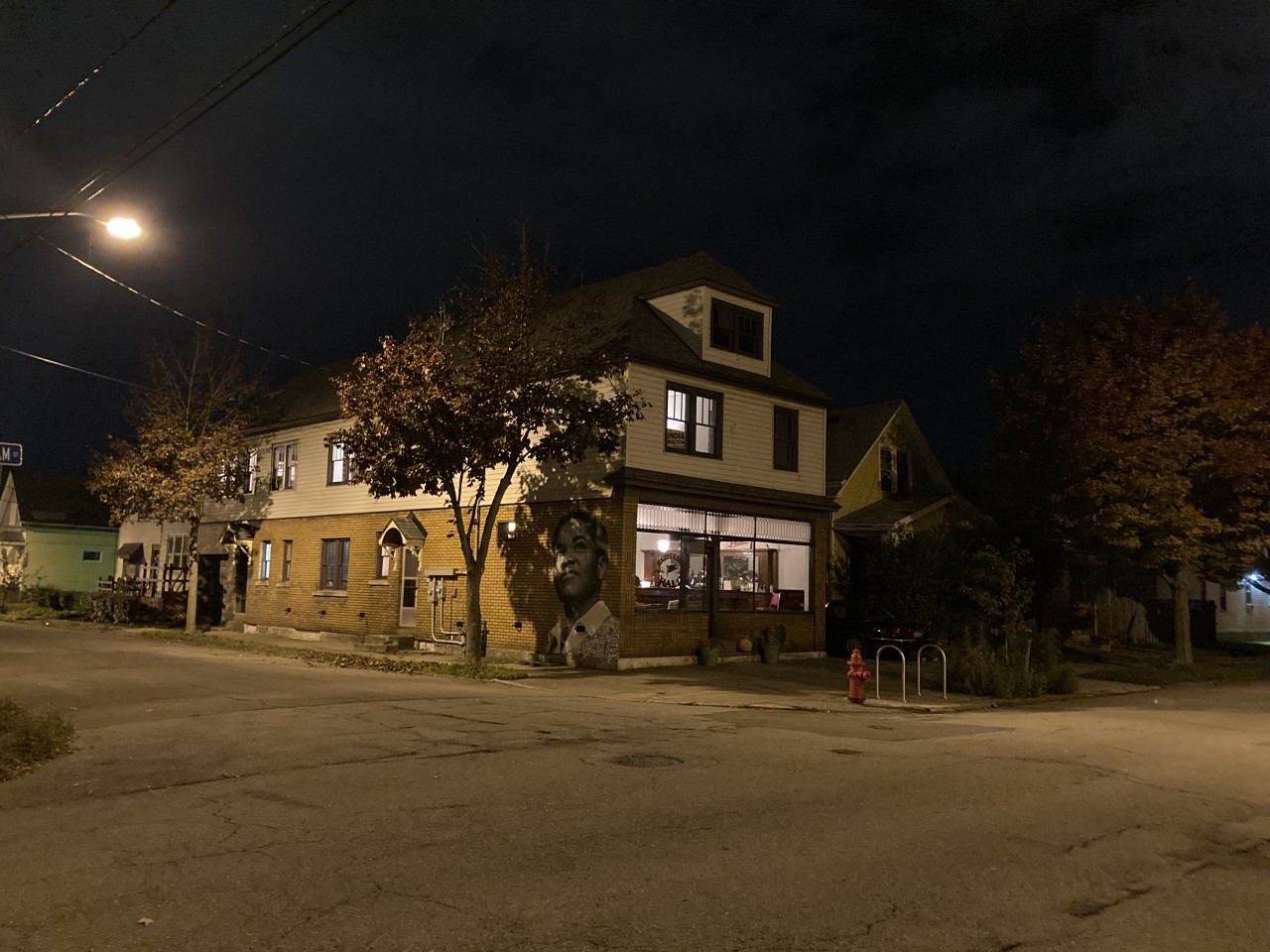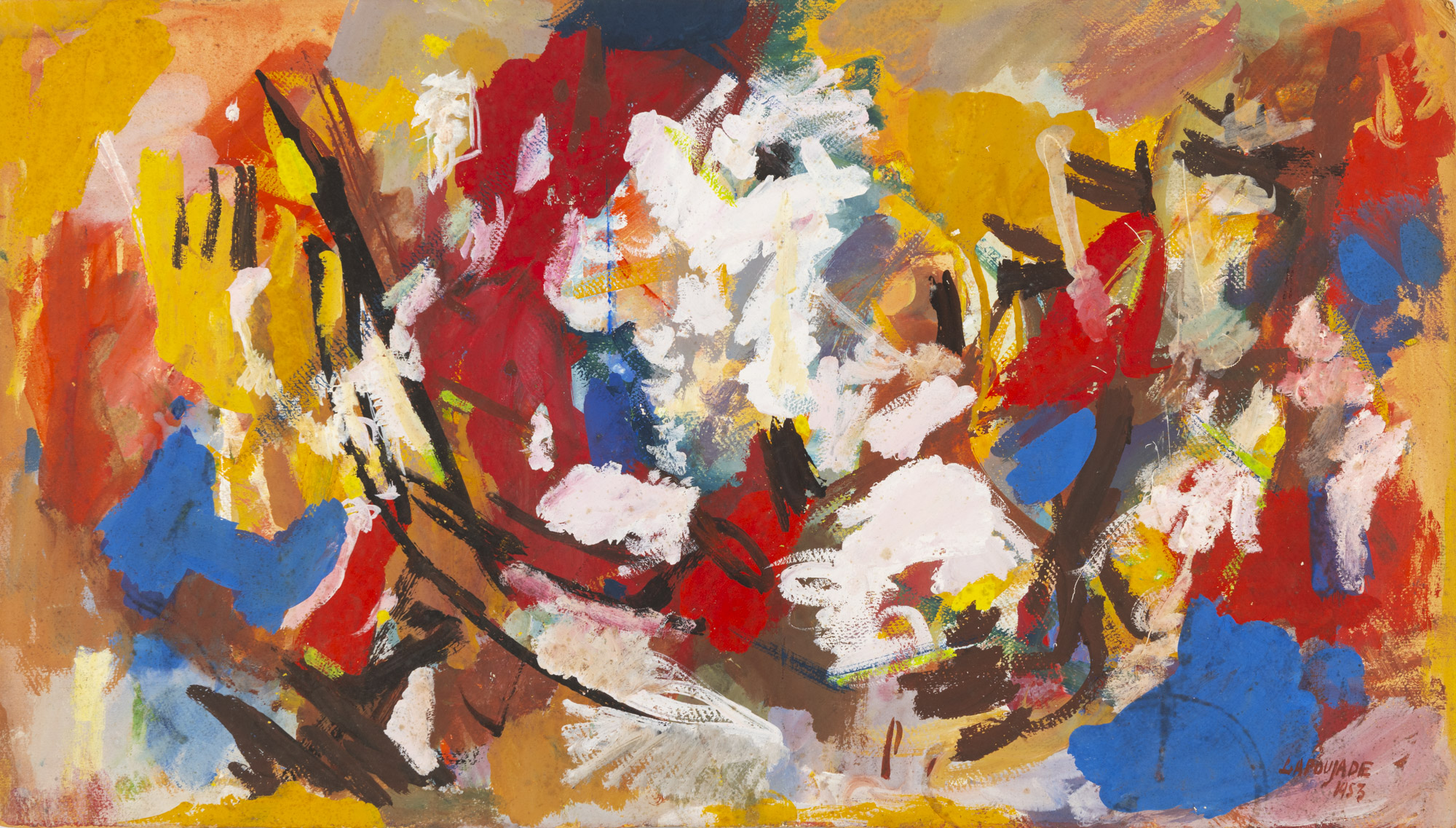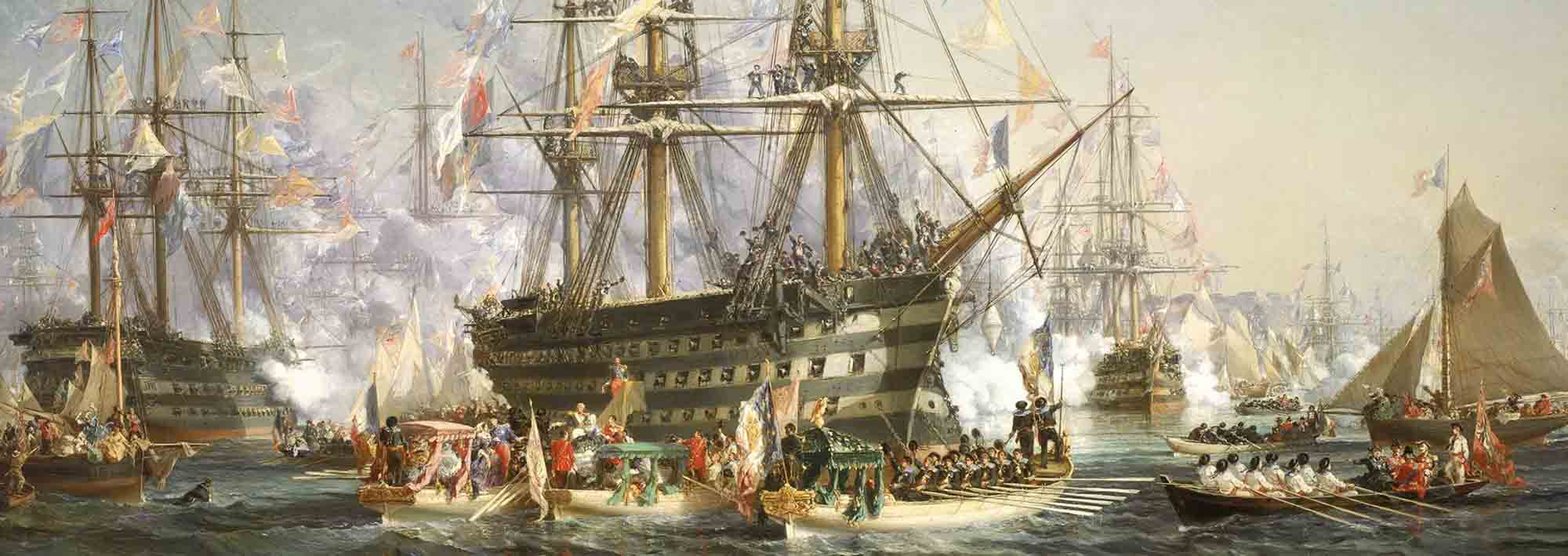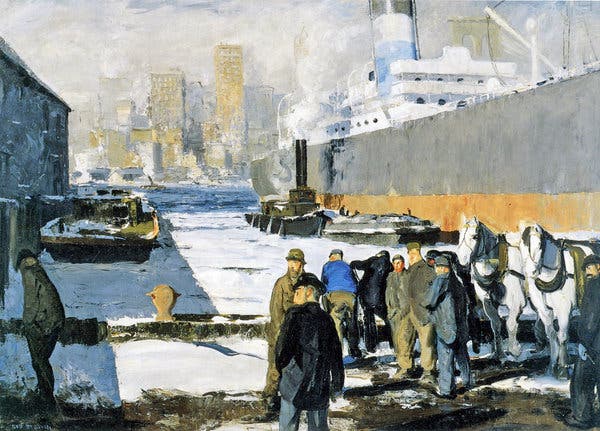In the tattered remains of a Punjabi literary magazine, I chance upon a faded black-and-white photograph. A Sikh man stands between a newly married Sikh couple, holding a book in each hand. His bearded face is scratched beyond recognition. The bride stares solemnly into the camera, while the groom – clean-shaven face creased in half – angles away, perhaps for another camera. ‘Comrade Buggar Singh,’ the caption announces, ‘is handing out a new form of dowry to the couple’. It is two novels in Punjabi translation, Mother by Maxim Gorky and The Hurricane by Chou Li-Po. The photograph dates to the political tumult of the 1970s, when Mao-inspired Naxalite insurrections burned through large swathes of agrarian India. ‘Looks like the Sino-Soviet split never transpired for the villagers in Punjab’, I say as I turn the photograph towards Bant Singh, a peasant who had held on to this fragment despite the threat of police violence. At the time, the discovery of small magazines in a raid was tantamount to the discovery of illegal arms. But fifty years later, the elderly comrade can recall neither this dowry ritual nor the name of the magazine. Still, he grins widely. The irony is not lost on him.
The Sino-Soviet split, compounded by the Indo-China war in 1962, played a key role in splintering the Communist Party of India. In 1964, the breakaway CPI (Marxist) was formed, swiftly followed by the defection of a Maoist contingent that organized the Naxalbari insurrection of 1967 and formed the CPI (Marxist-Leninist) in 1969. The latter judged that India was a semi-feudal and semi-colonial state, and that guerrilla warfare was the only revolutionary response. The Naxalite theses and tactics seemed especially incongruous in Punjab. Newly integrated into the Green Revolution, the Punjabi villages teemed with tractors, tubewells, fertilizers, seed farms and credit cooperatives. Attempts to import Maoist tactics into this capital-intensive landscape triggered even more splinters in the communist ranks, while the targeted killings of landlords and policemen offered little effective opposition to the structural violence of the new regime, orchestrated by US state agencies and subsidized by the Congress government. When he finally spoke, Bant’s voice was a distant murmur. ‘Every public meeting would start with cries of Workers of the world unite! But why didn’t the parties ever start by uniting themselves?’
Maoism however still managed to seep into Punjab’s cultural life in several exhilarating, often erratic, ways. Numerous small and underground magazines sprang up in this period, disseminating homespun cultural revolution across the countryside. Many were outlawed and destroyed by police. Today only fragments of them survive, scattered across obscure rural locations, often still shrouded in secrecy. After weeks of inquiries, I had finally arrived in Dhilwan, a village of roughly 500 houses located in Punjab’s Malwa belt, today afflicted by the Indian agrarian crisis. Here the springtime of the Green Revolution – premised on high rates of mechanization and productivity – has long transitioned into an autumn of endemic landlessness and peasant suicides. Bant had waited for me all day under the slow churn of the ceiling fan on his veranda, a flimsy plastic bag by his side containing archival remains of an armed revolt that had failed to transition into the promised revolution.
Along with communist biographies and party programs, the bag also contained two stapled copies of Rohley Baan (Raging Arrows) from the mid-1970s, their yellowed paper so brittle that I could scarcely pry them open. The magazine was published by the Punjab-Himachal state committee of the CPI (M-L), a splinter group that attempted to turn the neighbouring Himalayan foothills into a guerrilla base. The title is a homage to the arrows fired during the Naxalbari insurrection, but the cover features neither those Bengali insurrectionaries nor Mao himself. Instead, a red icon of the tenth Sikh guru, Gobind Singh (1666-1708), adorns the front. Famous for waging war against the oppressive Mughal administration, Guru Gobind is depicted in full regalia, wearing a heron plume in his turban and a quiver on his shoulder, holding a quill in one hand while a hawk perches on the other.
In the crumbling heap of stapled paper, I also discovered a stray photograph of Krupskaya – likely torn and saved from Lenin’s biography. Bant’s jagged annotation in Gurumukhi read, ‘Lenin di patni’ (Lenin’s wife). Stuck to the back of Krupskaya’s photograph, there were two crinkled passport-sized photographs. When I enquired about the identity of this other woman, Bant strained at the tiny face, then glowered at me. Half-jokingly, he replied that I should have the civility not to broach this in front of his son. A few minutes later, he gently deposited the two photographs in the left pocket of his shirt. I returned the famed Bolshevik into the company of her unlikely comrades. Spread out on the plastic table, Bant’s archive resembled a jigsaw puzzle, but the edges of these pieces had long frayed beyond repair. One no longer understood how they fitted together.
***
After hours of torrential rain, a steady stream of peasants, activists and writers begin trickling into the small farm in Talwandi Salem, an obscure village in the Doaba belt. It is the birthday of Avtar Singh ‘Pash,’ the prolific revolutionary poet who came to prominence in the early 1970s. Pash was the editor of Siarh (Furrow), an iconic Maoist literary magazine. In its pages, one finds anti-imperialist boliyan (a folk musical form) next to assessments of Maoist land reforms; an interview with a local Dalit labourer alongside a marsiya (an elegiac poem that commemorates the martyrs of the Karbala) dedicated to Salvador Allende. In the mid-1980s, when militants leading the charge for Khalistan – a separate Sikh state – threatened to kill Pash, he fled to California, where, working illegally at a petrol pump, he started another magazine, Anti-47 – handwritten and distributed to diaspora as far flung as Norway and England.
In recent years, Pash’s farm and its tubewell have become totems for the Punjabi left. In the 1970s the Naxalites held numerous secret meetings here, while in a basement dug nearby, Pash assembled a makeshift library, festooned with photographs of Mao, Bhagat Singh and Ho Chi Minh. It was also here that Pash was killed in 1988, aged 38 – like many of his comrades, by Khalistanis. ‘It was a cold March morning. He was sharing a cigarette with a friend near this tubewell’, Sant Sandhu, poet and Pash’s neighbour, whispers into my ear. In 1970, Sandhu had smuggled out Pash’s first poems from prison to be published as his first book, Loh Katha (Iron Tale). ‘Two Khalistani militants ambushed them, shooting several rounds into their backs. Pash died crawling under this mango tree’. Someone passes me hot jalebis and a cup of tea, as members of the Punjab Khet Mazdoor Union (a union of landless labourers, predominantly Dalits) unfurl the gleaming sickles on their red flags. ‘Now, we stand here in his place’.
Surinder Kumari Kochhar, a 78-year-old veteran, holds tea in one hand and a PKMU flag in the other. In the late 1960s, she published the first periodical of Punjabi Maoism, Lok Yudh (People’s War), edited by her father, Gandharva Sen, a communist stalwart who had previously been on the frontlines of the anticolonial struggle. It was an underground magazine – its press hidden in a manhole dug at the centre of an orchard. Surinder worked the press all night, and in the early hours young Naxalites would come to pick up fresh copies and then transport them across the region. Many of them would be later tortured and killed by the police. She grows wistful, but suddenly remembers the buzzer installed in the manhole to warn in case of a raid. ‘At night, if you put your ear close to the ground, you could hear me moving the rollers’. As the light began to fade, I could hear only the rickety buzz of a tubewell – enduring emblem of US neo-colonial aid – that now serves as a makeshift memorial to a revolutionary poet.
***
In 1972, the short story writer Gurvel Pannu founded Sedh, a Punjabi journal of Marxist theory and culture. The first issues included engagements with the writings of Sikh gurus, Roland Barthes (an entire issue was dedicated him), medieval Sufi thinkers, Eric Fromm, contemporary Naxalite poets, Charles Bettelheim amongst many others. In a series of landmark essays, the literary critic Kishan Singh warned against the wholesale embrace of Leninism, and instead suggested that Marxism in Punjab must discover its own ‘local roots’. His celebration of Gurbani (compositions in the Sikh religious scripture Guru Granth Sahib) as a counterpoint to Marxist-Leninism provoked heated debate. Gurcharan Sehensra, historian of the old guard, responded to Singh’s call for provincializing Europe with characteristic irreverence: ‘When the Punjabi bourgeoisie can find inspiration in the Western regime of the Green Revolution, why can’t the Punjabi workers find strength in the tradition inaugurated by the Paris Commune?’
In these literary magazines, discussions around universal history and difference played out with great intensity. In Hem Jyoti – a monthly so popular that booksellers used to hoard and sell its copies at marked-up prices – translations of Hans Magnus Enzensberger, Jean-Paul Sartre and George Jackson, were published alongside work by emerging Punjabi writers; assessments of the Moscow Writers’ Conference and the Afro-Asian Conference in between local accounts of literary seminars taking place in Punjab. The integration of Punjabi villages into the global regime of the Green Revolution was accompanied by a growing desire to imagine a literary world-system anchored in the peripheral experiences of Punjabi peasants and guerrillas. In the postcolonial mainstream, such experiments were widely censured. The 1972 issue of Indian Literature, the journal of the state-sponsored National Academy of Letters, famously criticized the ‘invasion’ of Naxalite poets, lamenting, in particular, the ‘sudden’ capitulation of Hem Jyoti to Maoism. ‘No amount of Maoist ideology (can) act as an alibi for a creative vision’ concluded the official indictment.
The sentiment prevails to this day. The intimacy between literary experiment, critique of political economy, and political agitation still confounds contemporary critics, who tend to dismiss it with accusations of crudity and propaganda, showing little interest in either recovering this history or taking stock of its afterlife. To borrow a phrase from Michael Löwy, the cultural memory of Punjabi Maoism continues to flow like an ‘invisible underground river’, silently irrigating Punjab’s social world. On occasion, its currents can still rise to the surface and flood the land. Over the past year, hundreds of thousands of farmers and farmworkers in Punjab and elsewhere blocked railways and roads, overran barricades and borders, and erected blockades around the national capital. Long into the night, troupes of Punjabi women across these blockades were seen singing poems by their Maoist forebears, including Pash. Last month, the BJP-led government finally conceded defeat, and agreed to repeal the controversial farm laws. The Bhartiya Kisan Union (Ugrahan), a left-leaning Punjabi organization, marked the anniversary of the blockades by paying tribute to those who have died in the struggle. During the two-minute silence, a song by the Dalit Naxailite Sant Ram Udasi reverberated from the stage.
***
Pulling up a piece of cloth tied behind his turban, Dilbagh Singh bellowed: ‘It is true that people are dying. It’s a disease, after all.’ After a short pause, he added, ‘But you know, sorrow does not stem only from Covid-19. We are now sad all the time.’ ‘And why is that?’ I shifted in the backseat of the Uber, curious to find out. ‘It’s because we have completely lost touch with the world of literature.’ I slipped the tangled headphones back into my shirt’s pocket. ‘So what kind of books do you like to read?’ Navigating a hairpin bend, Dilbagh answered, ‘Lal Singh Dil is my favourite, so is Pash’. I was struck by the uncanny pairing. Marginal and monumental in equal measure, the two poets are rarely discussed together. Dil, a landless Dalit poet, was betrayed by his upper-caste Jat comrades during a guerrilla action. After months of brutal police torture, he fled Punjab, converted to Islam and spent the next decades working as a watchman, a domestic servant, an imam, and a herdsman in several other states. Six years after Pash was killed, Dil was discovered running a ramshackle tea shop near his native village.
‘And what about Amarjit Chandan?’ I prodded Dilbagh to complete the trinity of Punjabi Naxalites. ‘I have heard his name but have never got around to reading him’. Born in Nairobi in 1946, Chandan inaugurated the Maoist tradition of underground literature in Punjab. But when the movement faltered, he fled to Frankfurt and then to London. His dispatches for Economic and Political Weekly ended abruptly – the final article reported on the infamous 1981 racist arson attack at New Cross Road, Deptford – and he later broke with Maoism. In 1994, Chandan re-surfaced with typical panache, when a letter containing his new poems arrived at John Berger’s alpine home in Quincy in the midst of a nationwide French postal strike. The resulting friendship with Berger catalysed Chandan’s emergence as a poet, essayist and translator. His severe criticism of the Naxalites – at the Karachi Literary Festival 2018, he again described them as ‘individual terrorists’ – perhaps explains his relative obscurity in a literary world that bears his imprint.
‘What are you reading these days?’ Dilbagh changed gears and wrested control of the conversation. ‘A novel by Jaswant Kanwal.’ ‘Which one?’ Dilbagh seemed visibly excited. ‘Raat Baaki Hai.’ Reflexively turning around in his seat, Dilbagh let out a rapturous cry, ‘Waah! Kya baat hai!’, the kind of reaction reserved for poets when they recite a particularly moving couplet. I scrambled to echo his adulation, ‘Bilkul, bilkul!’ (Sure, sure!). At one point, Kanwal’s 1957 novel The Night Remains – a literary chronicle of the Muzara Lehar, the sharecroppers’ movement for land redistribution – was so popular that excerpts would be read out on loudspeakers in the villages. The book precedes his more famous saga of Punjabi Maoism, Lahu Di Lo (The Dawn of Blood), published in Singapore and smuggled into India in 1975. By the time Dilbagh turned back to face the road, the car, already out of control, pushed headlong towards a concrete divider in the highway. As Dilbagh swerved, we ended up missing a crucial right turn onto the flyover, the first of four we missed that day.
Read on: Kheya Bag, ‘Red Flags in the Forest’, NLR 118.



